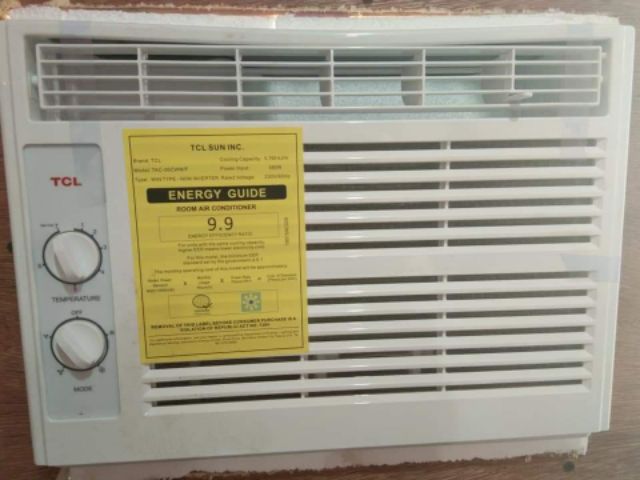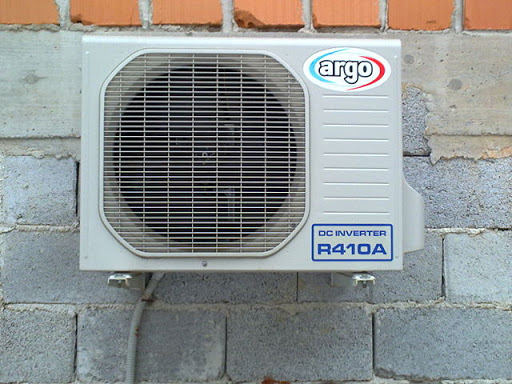Clearing the Air on Bleach

That bottle you purchase in the grocery store to obtain your white garments clean has a – as well as it’s not chlorine bleach. This is a typical misconception – the correct ingredient name is salt hypochlorite. Bleach is a term for a class of chemicals called oxidizers. Oxidizers are very reactive chemicals that will certainly create the breakdown of many natural compounds such as dyes, pigments as well as food discolorations resulting in lightening or “whitening” results. This high degree of reactivity is useful in certain applications however it can also posture issues.
Many family bleaches are made up of simply 6% salt hypochlorite. The rest of that gallon-sized container is 94% plain H2O. The sort of bleach the ordinary stress washer makes use of nevertheless is a higher industrial grade of 10-12% salt hypochlorite. There are more than 50 types of items from throughout the globe called bleach or bleaching representatives – a loosened term because words in its easiest interpretation simply mean it will certainly get rid of shade.
Dyes and pigments have rotating dual molecular bonds that produce color. The oxidizing response of bleaches breaks down these molecules at the dual bond making their chromosomes much shorter and for that reason, they absorb light at shorter wavelengths. This procedure makes what did have color currently look white. Some bleaches or bleaching representatives just make the dual bond a single one that does not enable the absorption of light also.
A preferred sort of bleach in the last few years is the much less reactive as well as slower working Oxygen or Peroxygen Bleach, such as sodium percarbonate, persulfate, or sodium perborate. These jobs by releasing oxygen however this time around hydrogen peroxide are the energetic component. Hydrogen peroxide bleaches have much less whitening action as well as are slower acting. This allows its use on numerous displayed surfaces and colored materials.

Bleach, the Impact of Bubbling and Connection to France
Bleach is an alkaline remedy produced by gurgling chlorine gas, with electrolysis, via an option of sodium hydroxide typically called lye to readjust its pH to 12-13%. This modification enhances its stability. Fluid hypochlorite bleach was first discovered in 1787 in France near Paris by a chemist named Claude Louis Berthollet. Bleach is known as Eau de Javel in France, after the village where it was first made.
It was originally used to whiten fabrics and also had not been till Louis Pasteur as well as his collaboration with it at the end of the 19th century that it ended up being widely made use of as a sanitizer and also anti-bacterial. This is the biggest reason bleach is utilized in conjunction with pressure cleaning today – it’s terrific sanitizing homes and capability to kill as well as bleach out stains from molds, fungi, and also mildew.
Bleach eliminates mold germs by reacting (oxidizing) with and damaging their cell membranes and also cell-healthy proteins. For normal surface disinfecting objectives remedies of 50-100 ppm (parts per million) of bleach in water can be made use of. For eliminating mildew stains higher levels of 1-3% Chlorine are needed. For swimming pools, 1-3 ppm Chlorine needs to be preserved. Chlorinated isocyanurates and also calcium hypochlorite are powders that are much more stable than fluid bleach and also because of this are much more typically made use of in pools.
When dissolved in water they develop hypochlorite and also act like fluid bleach. Bleach can get rid of color in quantities as little as 1-3 ppm with water. Did you recognize it? Liquid bleach will gradually shed chlorine material with age with its exposure to air, and also much faster in high heat or with sunlight direct exposure. That is why swimming pool chlorine degrees are constantly checked as well as why bleach containers are never clear. Liquid bleach need to be tightly closed and also stored in an amazing, completely dry, and well-ventilated area. As an example, in the warmth of the summertime, a 12% bleach remedy can shed 1% in a week, down to 10% in 2 weeks, and be as reduced as 8% in a month, yet in the cold of wintertime that can be cut in half. This is what the manufacturers of Clorox bleach claim.
” Bleach services need to be made fresh daily. When thinned down, bleach breaks down quickly-mainly into salt as well as water.” ** Which “Clorox ® Regular-Bleach should be changed annually and also saved as guided for optimum performance.” ** For Pressure Washing machines it would be best to only buy what you can consume in a few months’ time and to only blend bleach cleaning solutions as needed as well as not to store in huge quantities in clear or semi-clear containers out in the hot sunlight. Find a good company to repair your air conditioner by going to this website.

